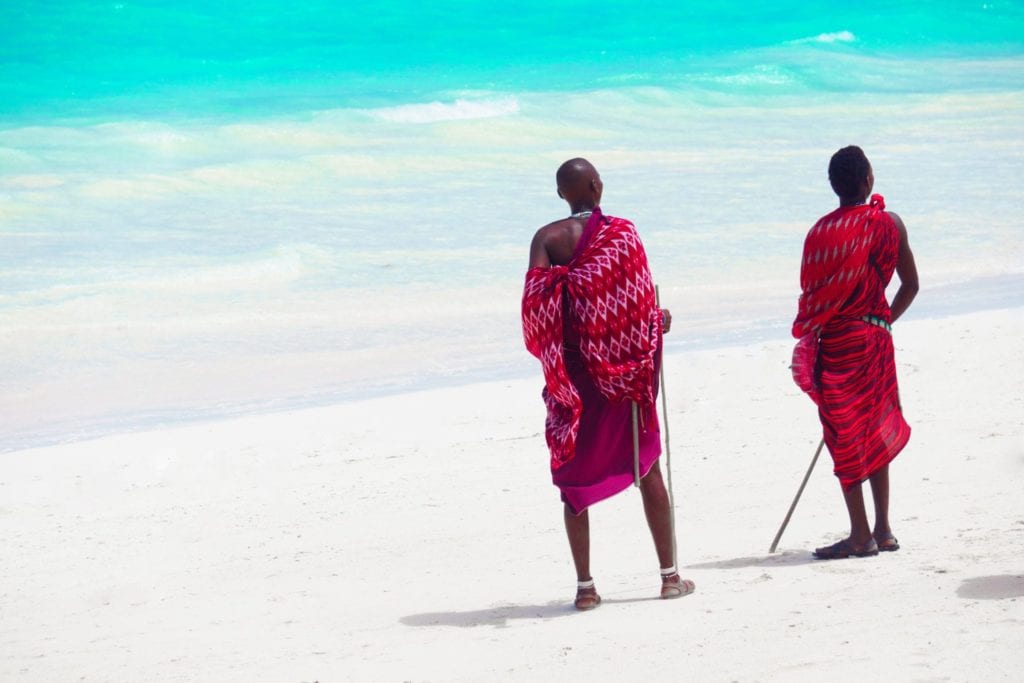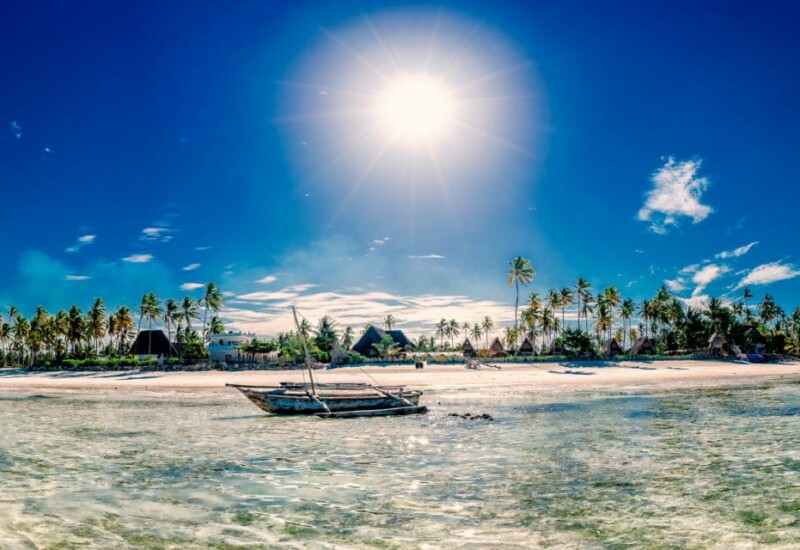Famous for its picturesque beaches and azure waters, Zanzibar is the jewel of East Africa – and the perfect backdrop for meetings, incentives, conferences and exhibitions.
The famous islands of the Zanzibar archipelago are located about 40 km from Dar es Salaam on the mainland coast of Tanzania, and are known to be the perfect place to unwind after a safari or trek up Mount Kilimanjaro. The water is warm, beaches are beautiful, excursions are numerous and historic Stone Town, the archipelago’s capital, is a hub of activity and home to old crumbling stone buildings with elaborate doors and balconies, narrow streets teeming with bazaars and bicycles, a wonderful marketplace, old sultans’ palaces, and a site of historic slave trade.
For business tourists in particular, the Zanzibar islands offer a relaxing and soothing environment for guests to unwind and recharge themselves for greater productivity.
Zanzibar has a range of accommodation options to suit different interests and budgets. Generally, the hotels in Stone Town are ideal for exploring the historic city, taking spice plantation tours and visiting the little isles around the main island.
The East Coast is very popular, with superb white sandy beaches and coral reefs teeming with underwater life. The North Coast is generally considered to be the best for incentive groups seeking more adventurous underwater safaris – whether scuba or deep-sea diving.
Most resorts offer five-star facilities, including conference centres and meeting halls, which are specially allocated for MICE events. These venues are home to numerous annual international business meetings, diplomatic meetings, conventions and trade fairs. Every need of both organisers and guests is met by professional staff with years of experience in planning, booking and facilitating conferences and seminars.
The future of MICE in Zanzibar
Zanzibar is planning annual tourism exhibitions, cultural festivals and foreign investment promotions to attract international tourists and increase the number of days visitors spend on the Spice Isles.

The President of Zanzibar, Dr Ali Mohammed Shein, has said his government is seeking to boost tourism earnings following the downturn in clove prices on the global market.
Zanzibar is an ideal location for tourism exhibitions, as highlighted by the inaugural Zanzibar Tourism Show late last year, which attracted over 150 tourism companies.
The annual show is part of a new trend of tourism business and service gatherings in East Africa hoping to promote tourism in Zanzibar and other African destinations sharing the Indian Ocean waters.
The target is to increase the number of tourists to Zanzibar from the current 376 000 to 500 000 by the end of 2019, Shein said. He added that his government will market tourism to draw hotel and service investments to the island, while convincing tourists to spend more days in Zanzibar.
Shein said the average tourist stay had increased from six to eight days over the past five years, adding that the conservation of key historical sites such as Stone Town and the Indian Ocean beaches was a key priority.With a population of about 1.4 million people, the Zanzibar economy mostly depends on tourism and international trade. The archipelago has been a target for high-class tourists, competing closely with the Vanilla Islands of Seychelles, Mauritius and the Maldives. Due to its geographical position and proximity to the Indian Ocean ports of Durban, Beira (Mozambique) and Mombasa, Zanzibar is also a popular cruise ship destination.
There are 473 hotels in Zanzibar, with more than 8 721 rooms. About 5 000 more rooms are needed to cater for the growing number of tourists visiting the island, making it the African destination to watch, according to Meetings.
Things to do in Zanzibar
VISIT SWAHILI HOUSE IN STONE TOWN
The climb up 12 flights of steps to the roof of the Swahili House hotel is worth it. At the top, you can order a local Kilimanjaro beer, lean on the balcony and catch your breath as you admire a view of church and mosque spires, people milling about in alleyways, and bicycles and Brahman-cow-driven carts jostling in the streets. Here, you’ll find one of the best panoramic views of the island.
HOP ON A DALA-DALA
These renegade minibus taxis stop anywhere along their routes to pick up and drop off passengers, and they’re far cheaper than air-conditioned taxis or hiring a car (a taxi ride from the east of the island to Stone Town will cost up to US$45 (R630), while going by dala-dala will cost only $1.50 (R21). Just remember, dala-dalas never say no to an extra passenger, so you might find yourself sharing a seat or sitting on a lap, which will probably add to the experience.
VISIT THE FORODHANI NIGHT FOOD MARKET
Visit Stone Town’s waterfront. Arrive before sunset to watch stalls being set up and dhows coming in from a day spent at sea. Then savour the infusion of flavours on offer with some amazing street food.
TRY A HENNA TATTOO
The intricate designs are a favourite among children and adults, but you don’t want to pay too much. Roadside stalls in Stone Town charge about $5 (R70), while a lone peddler on the beach will ask about $3 (R40) for the same thing, and they’re happy to bargain.
A SWAHILI-THEMED DINNER AT ONE OF THE BEACH RESORTS
If you aren’t staying at a resort, you need only pay an
average of $14 (R190) to feast on spice-infused tea, coconut ugali (a type of porridge),
chapatti, tomato and coconut-milk soup, fragrant curries and sweet banana with
coconut milk.







